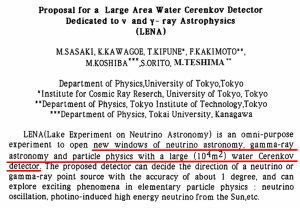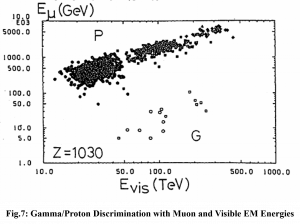Telescope Array Project Letter of Intent distributed in 1998
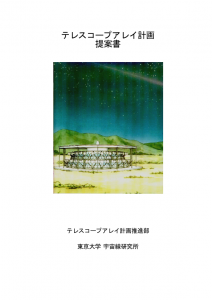
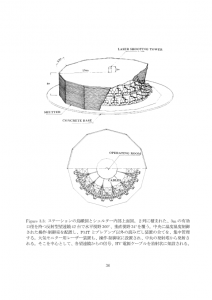

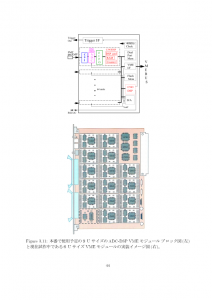


宇宙 素粒子 地球
Telescope Array Project Letter of Intent distributed in 1998
Telescope Array Project Letter of Intent distributed in 1998






宇宙線研究所将来計画シンポジウム — 宇宙線研究の現状と展望 — 共同利用運営委員会主催 1997年10月8,9日 東京大学宇宙線研究所
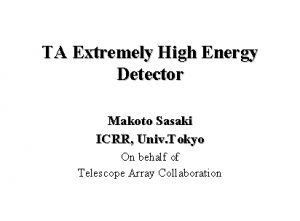



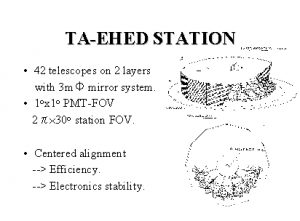

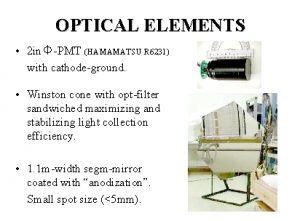
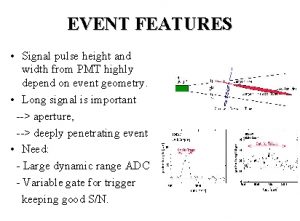
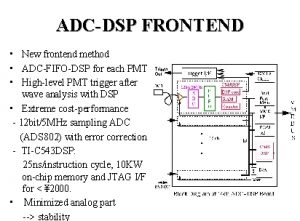
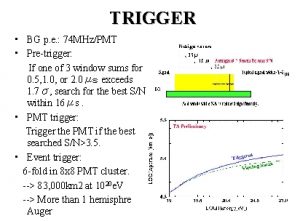
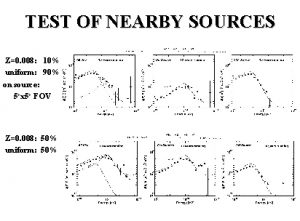
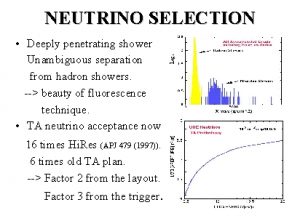

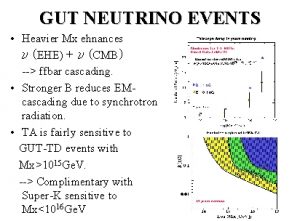
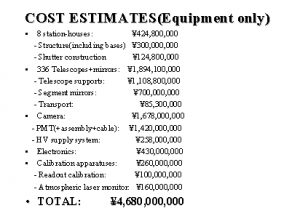

宇宙線研究所将来計画シンポジウム — 宇宙線研究の現状と展望 —
共同利用運営委員会主催 1997年10月8,9日 東京大学宇宙線研究所
Stacyらの重力の測定(Nature 292.5820 (1981): 230-232.)に端を発する物質依存重力、いわゆる「第5の力」の検出をするため、超流動He中の中空アルミ球の運動を観測する実験を提唱し、装置の開 … “超流動He中の中空アルミ球を用いた「第5の力」検出器 1988−1989” の続きを読む
Stacyらの重力の測定(Nature 292.5820 (1981): 230-232.)に端を発する物質依存重力、いわゆる「第5の力」の検出をするため、超流動He中の中空アルミ球の運動を観測する実験を提唱し、装置の開発を行った。 Thiebergerらが、「第5の力」から起こると予測される、崖の近くに設置した水中の中空金属球の浮心と重心の不整合から生じる運動を観測し、「第5の力」に対する肯定的結果を発表していた (Physical review letters 58.11 (1987): 1066.)。
非粘性流体である超流動Heを用いることで、「第5の力」が当時発表されていた一連の肯定的結果通りだとすると水などと違い、アルミ球の加速度運動が直接観測されるはずであり、感度および信頼度が増すと考えた。開発した検出器と周囲の低温系や真空回路は下図に示す。超高精度薄肉中空アルミ試験球、静かな超流動He槽を実現するための2重He層を持つクライオスタットの低温系、データ読み出し等の開発を経て、試験実験を行った。特に薄肉(0.9mm厚)中空アルミ球の高精度制作、環境バックグランド対策、初期位置制御が克服課題であった。

Proposal for a Large Area Water Cerenkov Detector Dedicated to Neutrino and Gamma-ray Astrophysics (LENA) M.Sa … “ニュートリノ&ガンマ線水チェレンコフ検出器 LENA — 素粒子的宇宙像研究会 1988” の続きを読む
1.INTRODUCTION
We propose a large area (=10^4 m^2) water Cerenkov observatory for high energy neutrino and gamma-ray with good angular resolution about l degree. This detector is 100 m radius and 30 m high, and is located in a lake. It contains two optically isolated layers: an outer layer with 10 m thick and inner layer with 20m thick. The cross section of this detector is shown in Fig l. The inner layer is surrounded by inward-facing 20 inch-photomultipliers (PMTs) and outward-facing 20 inch-PMTs on a 5 m-grid. Each layer is covered with a blackplastic to be isolated optically. The direction or interaction point of charged particle is decided with the 2-dimensional pattern of TDC and ADC data from PMTs in each layer. In this report,we confirm that it is possible to
—————————————————
